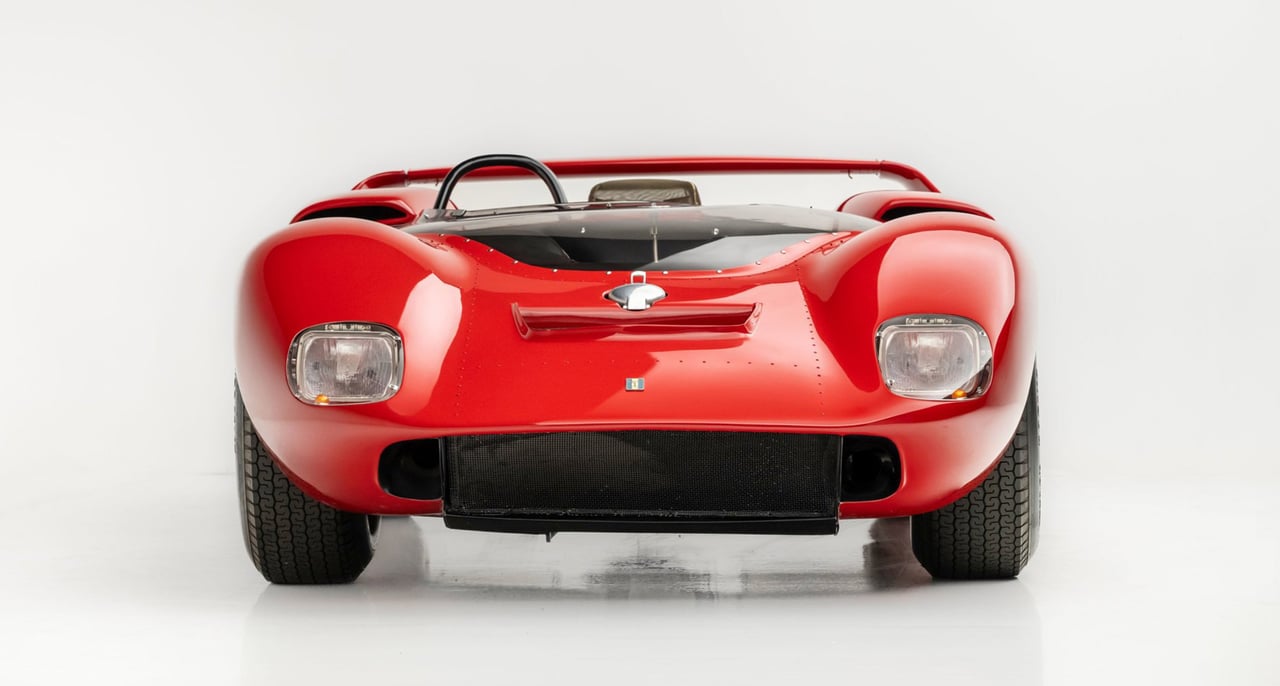
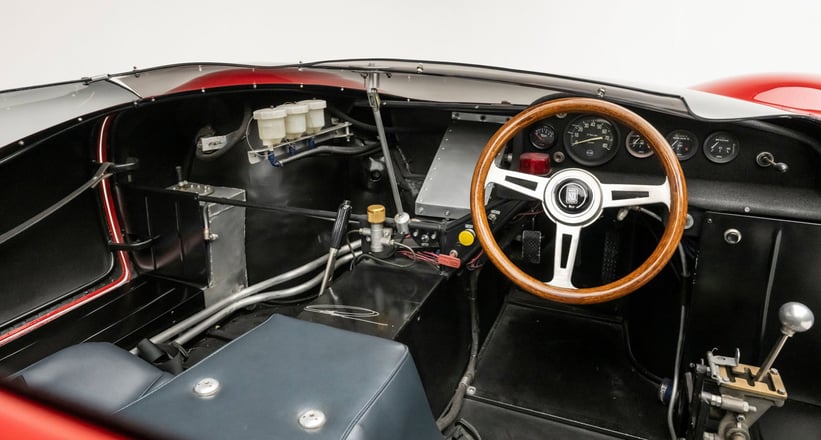
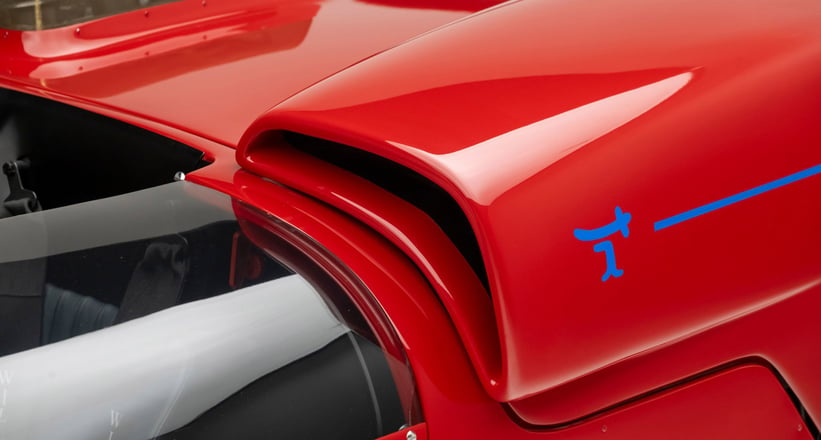
The North American racing scene in the 1960s was home to some of the most fascinating machines and brilliant minds in the history of the automobile. Titans of industry like Bruce McLaren and Carroll Shelby were going toe-to-toe, both in their workshops and out on track, in an ever-escalating battle to become the fastest thing on four wheels. Heading into the 1965 season, Shelby hatched a plan to snatch gold from McLaren in both the thriving USRRC series and the forthcoming Can-Am series, envisioning an open-top 7-litre prototype. However, after Ford denied Shelby a lightweight alloy version of their 7-litre NASCAR engine, he turned to Alejandro de Tomaso, who suggested they bore out a Ford 289 engine to that magic 7-litre figure.
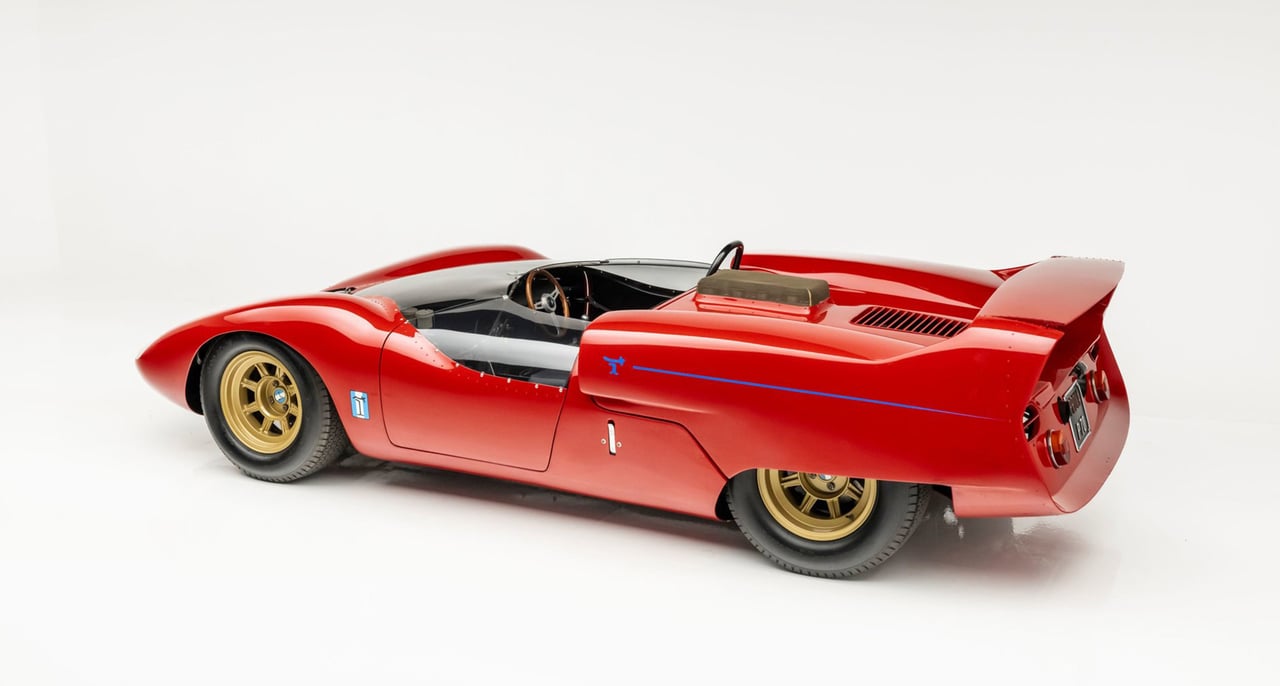
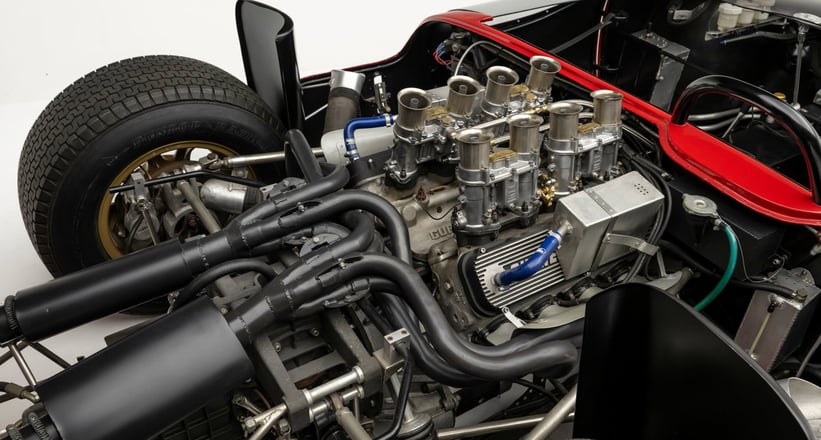
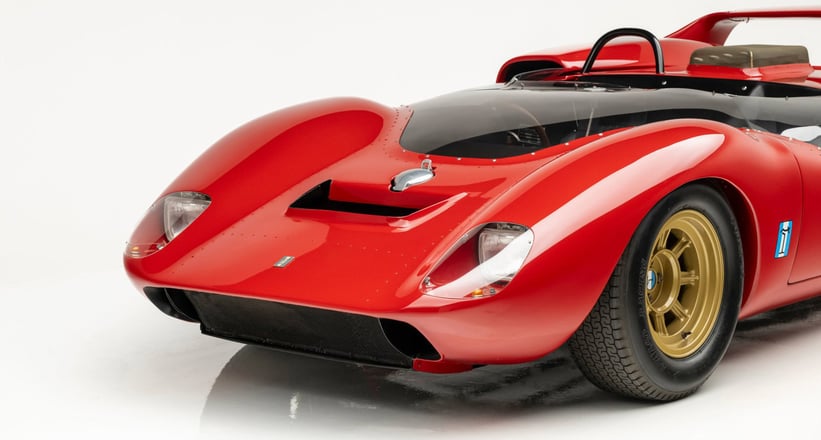
De Tomaso had just the chassis for this cutting edge machine, having just developed a revolutionary central-spine architecture for the Vallelunga which incorporated the engine and transaxle into a load-sharing arrangement. Now all they needed was a suitably racy exterior, and who better to ask than the man who penned the original sketches for the Stingray Corvette, Peter Brock. Thanks to Can-Am’s comparatively relaxed regulations, Brock was able to incorporate a number of experimental design elements into the coachwork, which he built in collaboration with the master craftsmen at Medardo Fantuzzi’s carrozzeria in Modena.
Now draped in stunning coachwork, Brock's numerous innovative exterior enhancements were plain to see, such as the adjustable rear wing, fared-in rear wheels, and covered headlights placing the P70 on the bleeding edge of race car design. However, one key ingredient was absent, and it would prove to be the downfall of the P70’s motorsport ambitions.
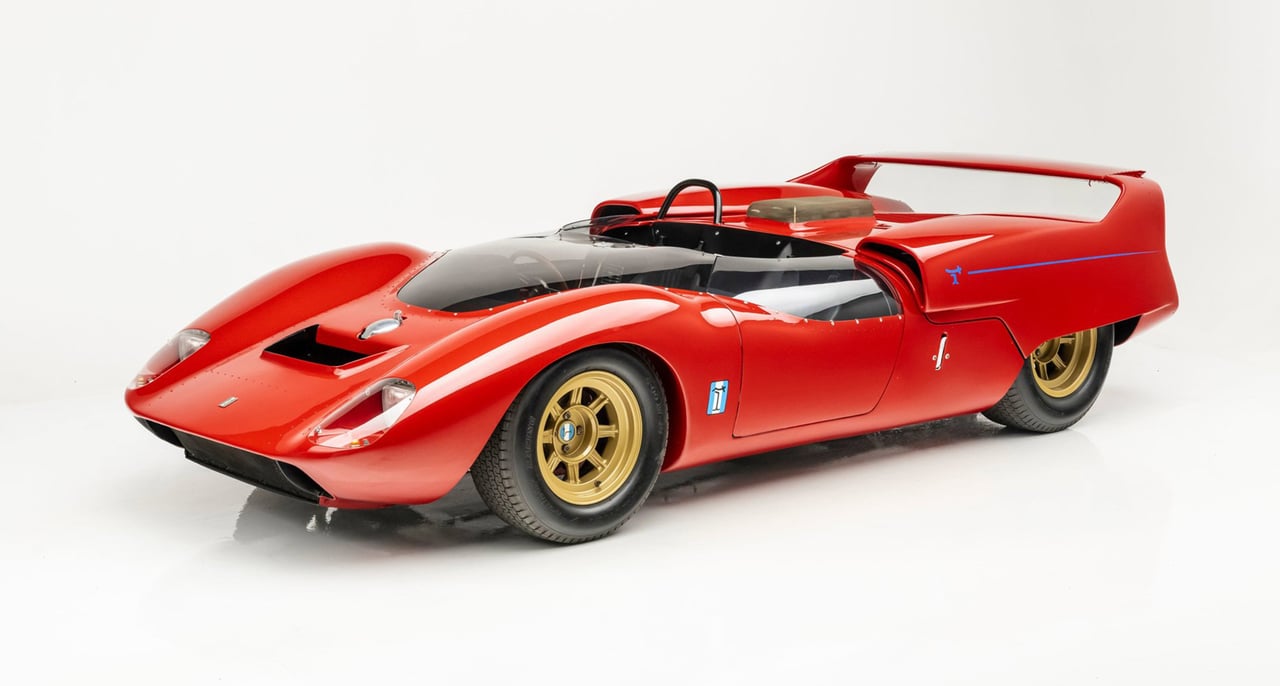
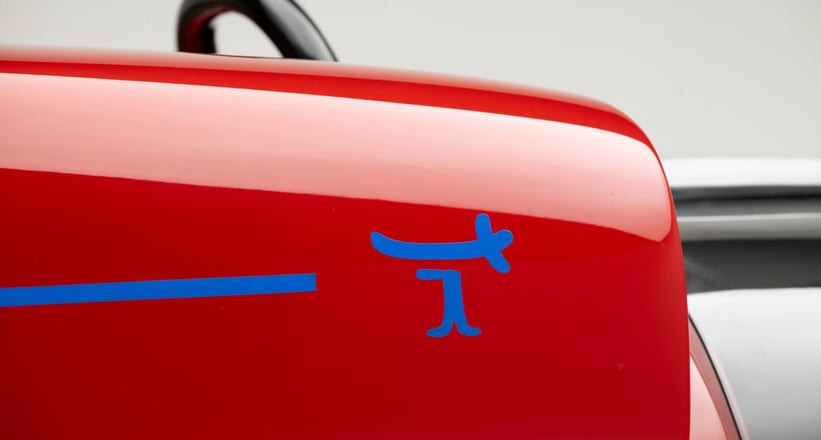
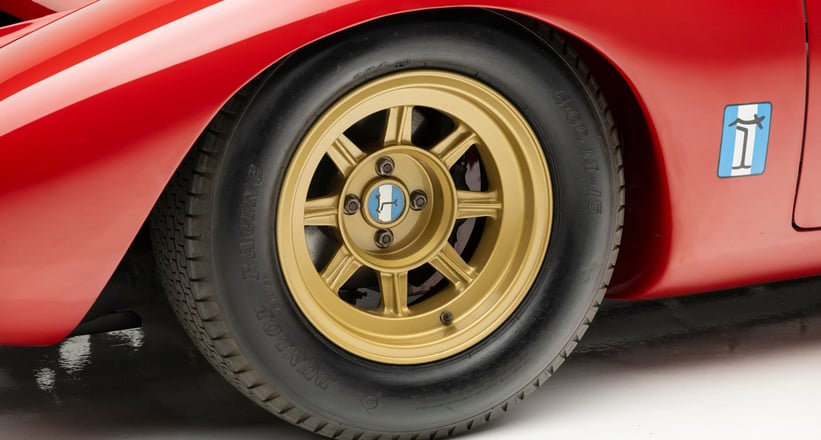
De Tomaso’s progress on the 7-litre engine was behind schedule, and the standard 289-cubic-inch Ford engine simply wasn’t up to snuff, even with a custom De Tomaso intake manifold. Knowing that without the 7-litre engine the P70 simply wouldn’t be competitive in the Can-Am series, and with his impending contract to take charge in Ford’s GT40 program, Carroll Shelby pulled the plug on the project.
Ever the shrewd operator, Alejandro de Tomaso — who had just acquired Ghia — rebadged the P70 as the Ghia De Tomaso Sport 5000 and displayed it at the 1965 Turin Motor Show. However, following that brief appearance, the P70 was disassembled put into storage at the De Tomaso factory for decades.
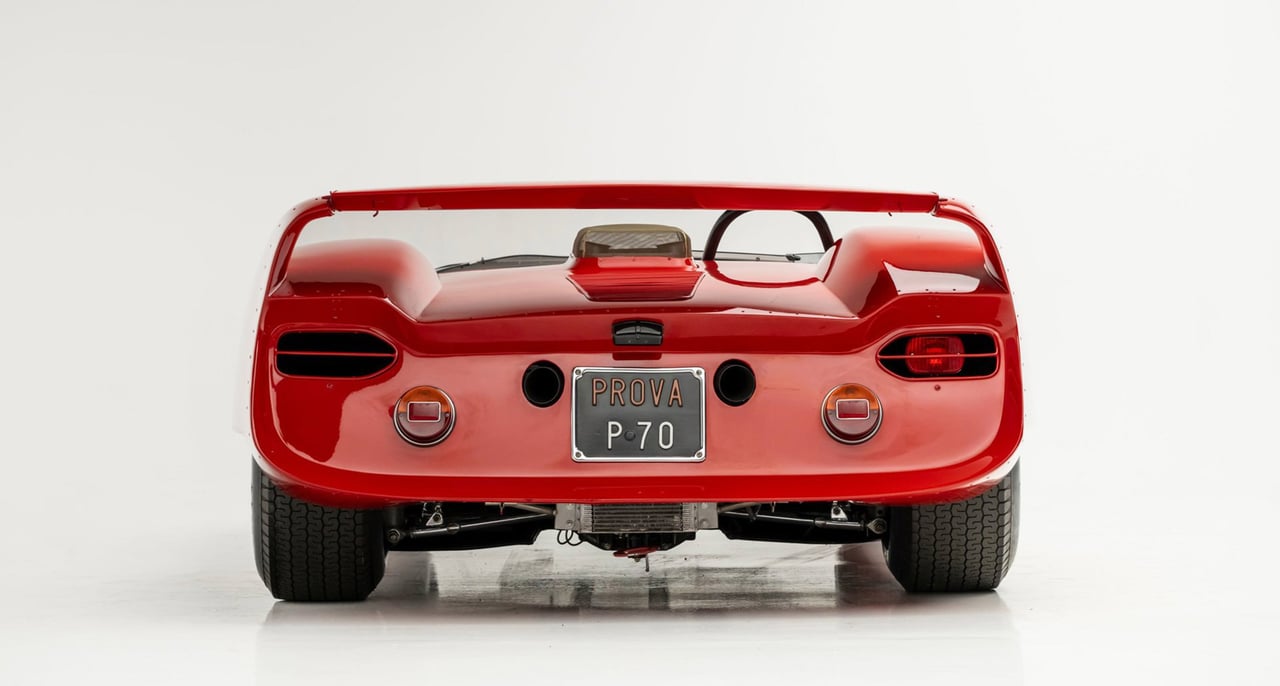
In 2004, the car was rediscovered by enthusiast Philippe Olczyk, who promised to restore this unique prototype to its former glory using the surviving original chassis, rear clamshell bodywork, and cockpit with seats and dash panel, while the missing engine was replaced with a Ford small-block fitted with rare Gurney Weslake aluminum heads.
After being displayed at the Quail in 2005, the car was sold in 2013 to its current owner, who treated the P70 to a more comprehensive restoration. Following its restoration, it returned to the Quail in 2013 where it received Motor Trend Editor’s Choice Award, and again three years later, where it won the title of Best Post-War Racing Car. Now you could be the next owner of this fascinating and unique machine as it heads to RM Sotheby’s Monterey sale on August 16th.















